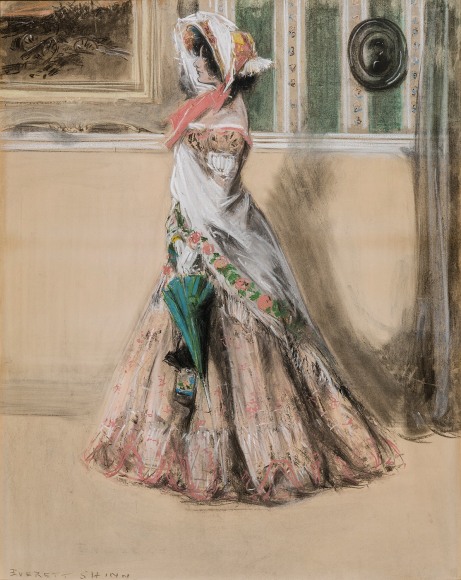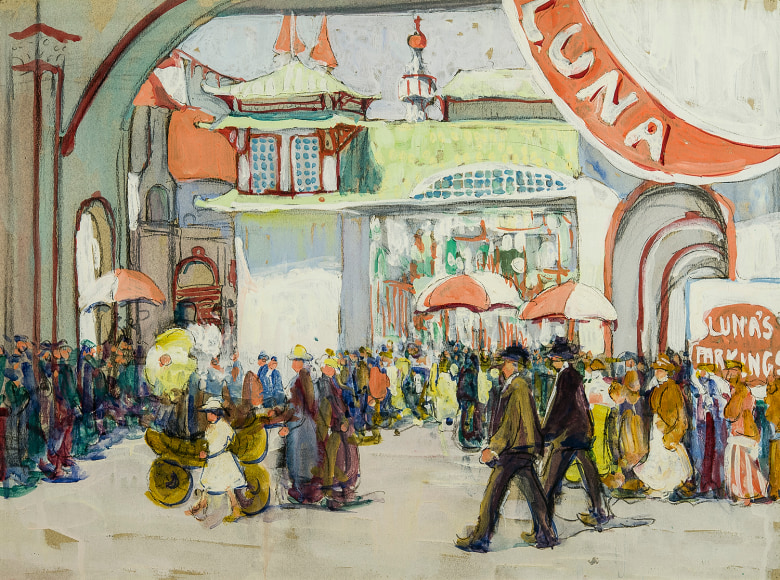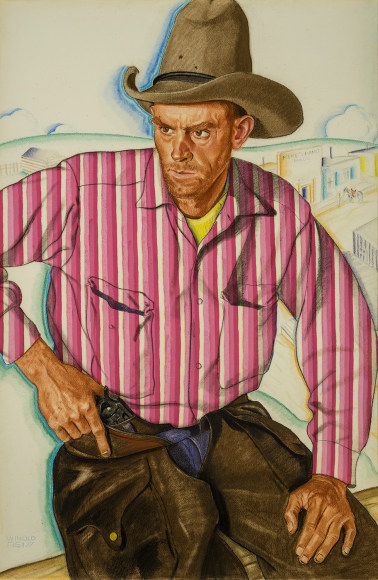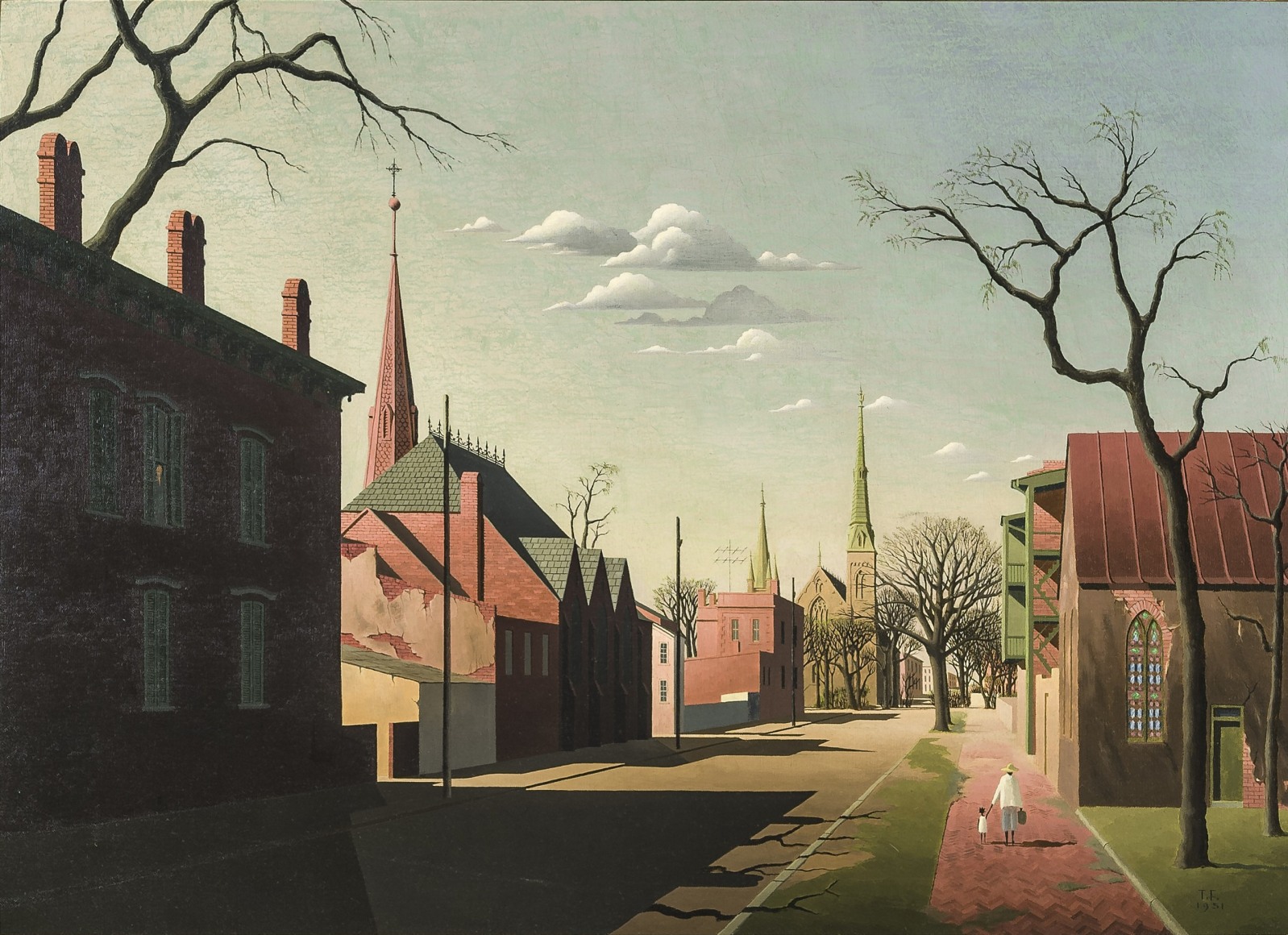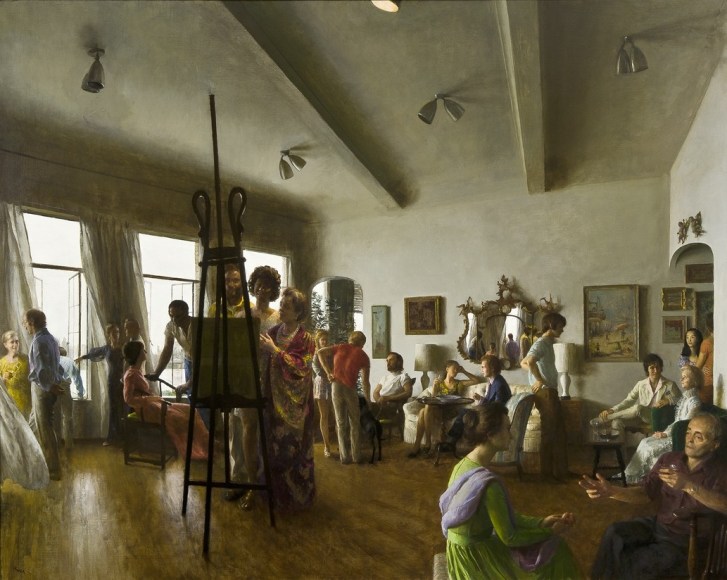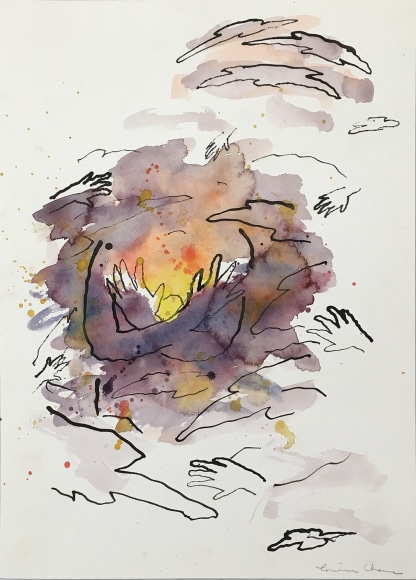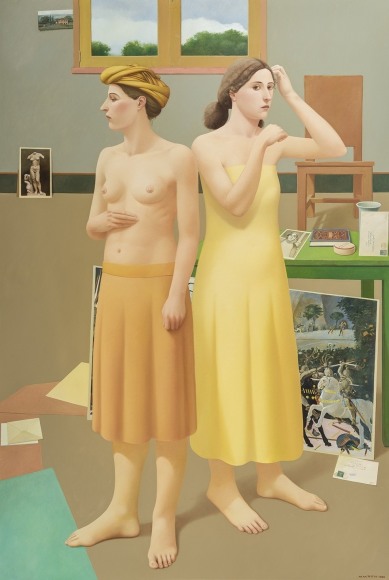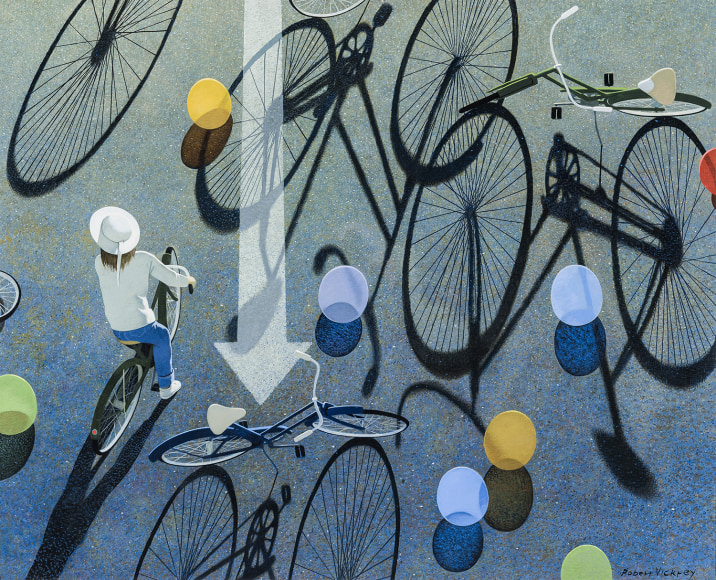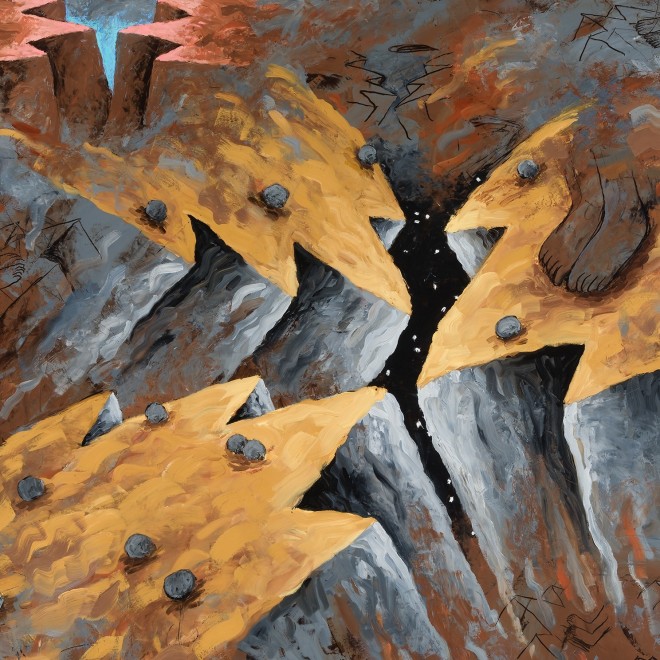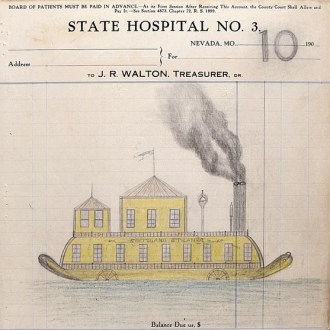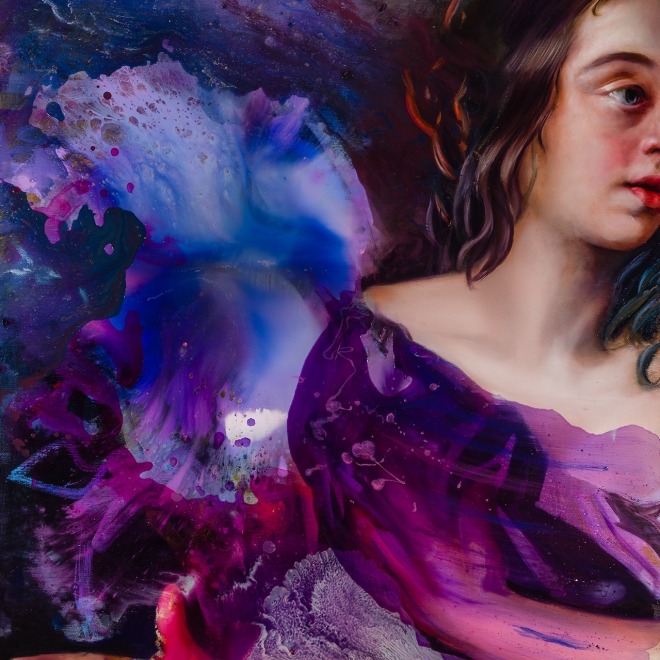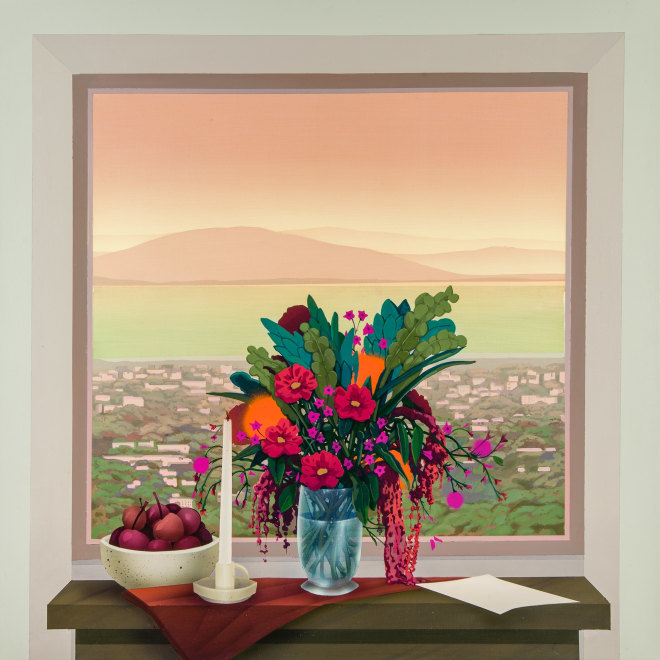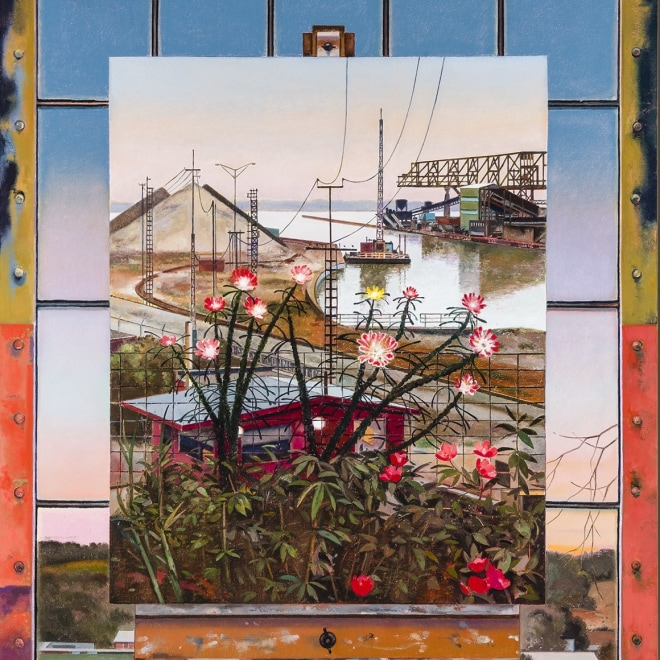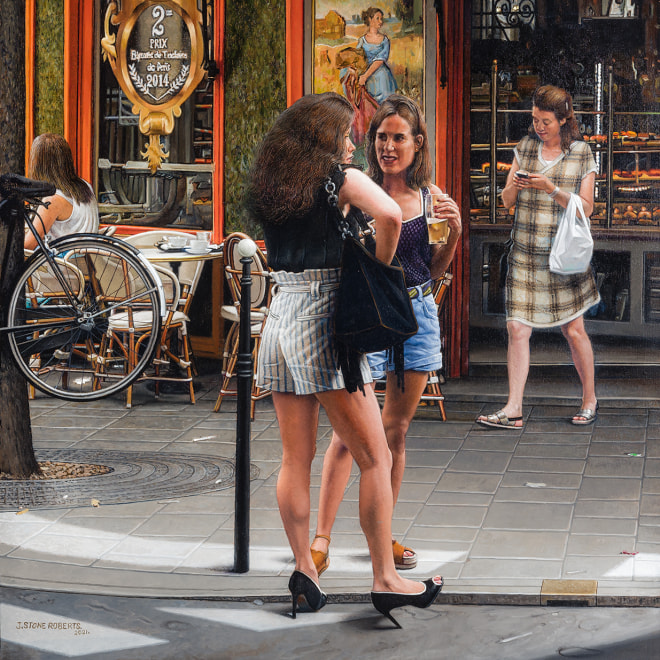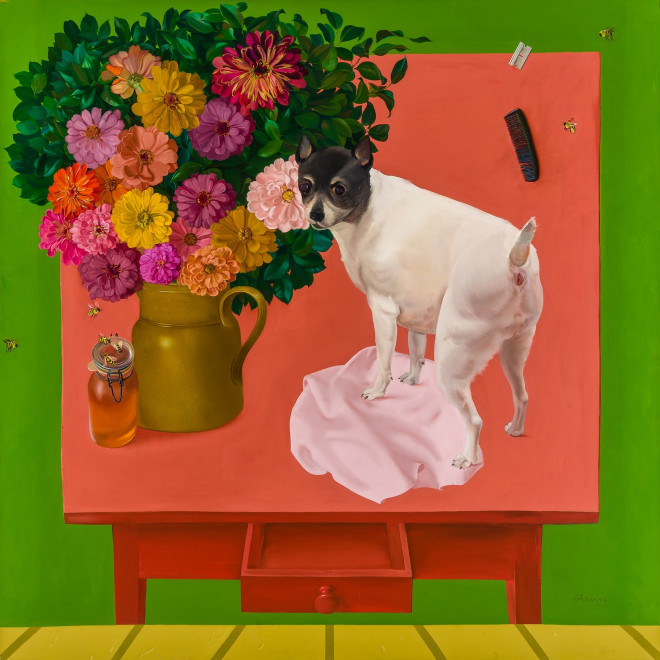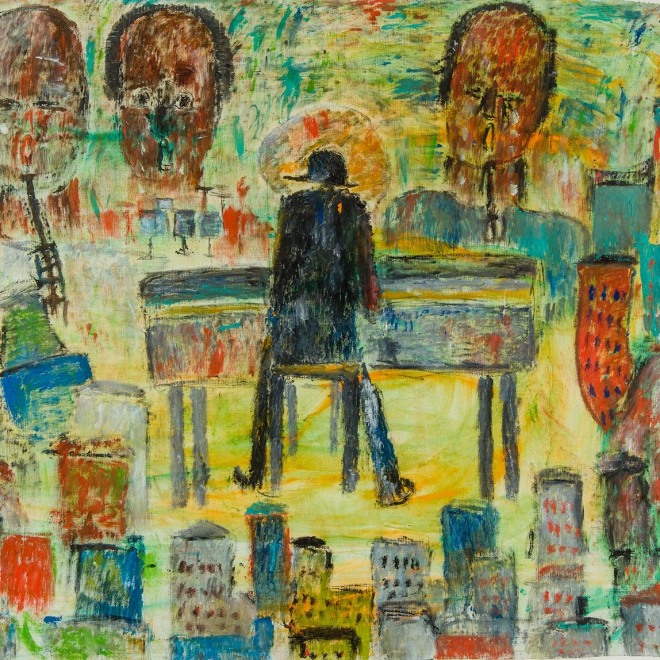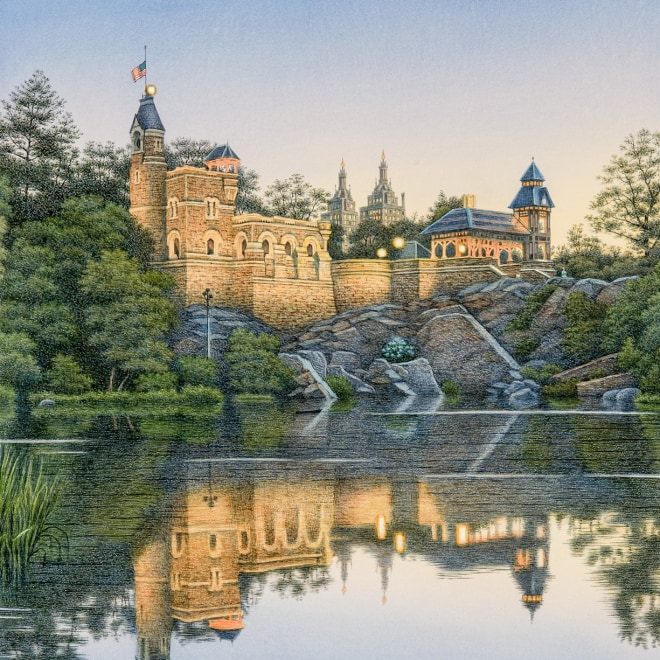
Hirschl & Adler is pleased to present its summer exhibition, Reinventing the Real. Featuring over 20 paintings by American artists, Reinventing the Real explores personal visions of reality in 20th and 21st-century American life. With the end of the Victorian era and the ascendancy of the machine age, and with the dark clouds of two world wars and countless international conflicts threatening on the horizon, 20th-century artists actively searched for ways to represent a society confronted with an uncertain future. As their desire to reproduce the human experience unfolded, subject matter transitioned from the ideal to the commonplace to offer fresh observations of everyday life. Looser lines, experimental forms, and shifts in color came to define the era. In this incessantly changing world, the need to create an art accessible to the masses has persisted. This yearning still emboldens 21st-century artists working in America’s complicated present.
Reinventing the Real includes work by John White Alexander, Raimundo de Madrazo y Garreta, Robert Henri, Jane Peterson, Everett Shinn, Thomas Fransioli, Everett Gee Jackson, Roger Medearis, Winold Reiss, Honoré Sharrer, Robert Vickrey, Frederick Brosen, Louisa Chase, James Deeds, Alan Feltus, Angela Fraleigh, John Koch, Robert Minervini, and John Moore, Stone Roberts, Bill Traylor, Marc Truijillo, and Purvis Young.
At the end of the 19th century, artists began eschewing the genteel subject matter and decorative palette of the academic realism of John White Alexander and Raimundo de Madrazo y Garreta. Robert Henri and Everett Shinn, among others, started to highlight artistic individuality in order to offer a democratic outlook within the New York art scene and abroad. Jane Peterson emphasized this individual form of expression with her fluid gouache paintings of urban life, as seen in the bustling activity at the Coney Island entrance into Luna Park.
This portrayal of the world in motion continued in the work of the social realists Everett Gee Jackson and Roger Medearis, whose work depicted the persistence of the working class despite the socioeconomic turmoil of the Great Depression and World War II. Alternatively, the work of German-American artist Winold Reiss gave visibility to the underrecognized peoples of American society. Outsider artists Bill Traylor, James Deeds, and Purvis Young also brought unique perspectives of society through their own complicated realities. Magic Realists Robert Vickrey and Thomas Fransioli painted their observations of society through a distorted lens.
The desire to reproduce the human experience through their artistic practice persisted into the late 20th century and continues today. John Koch, Alan Feltus, and Stone Roberts focus on the modern complexities of human relationships with technique inspired by Old Masters. John Moore, Marc Trujillo, and Robert Minervini create familiar non-destinations of everyday life that speak to the present while engaging with painting’s long history. Working years apart, Honoré Sharrer and Angela Fraleigh work to reinvent women’s traditional role in art history, giving agency to female subjects through emboldened narratives. While other realists gather material from the outside world, Louisa Chase digs inward, weaving together realism and abstraction to make emotions tangible. This show explores Realism’s ability to make visible the human experience in ways that forge connections across generations and audiences alike.


